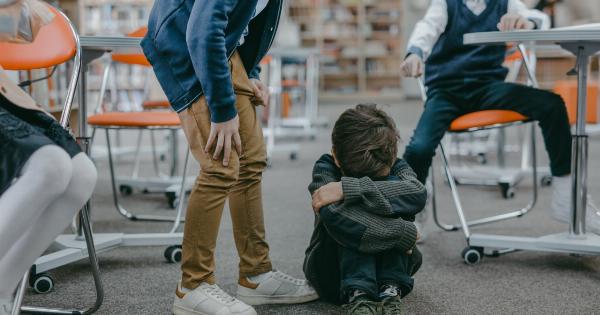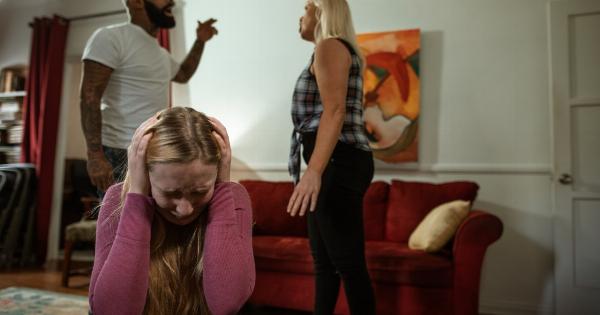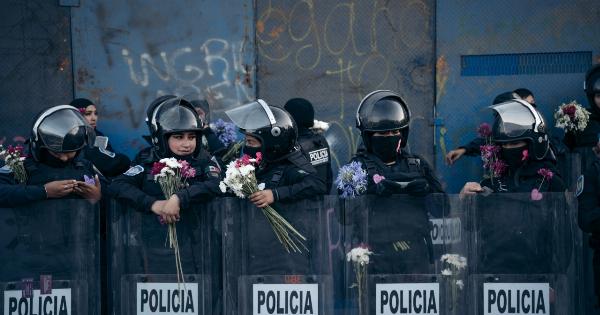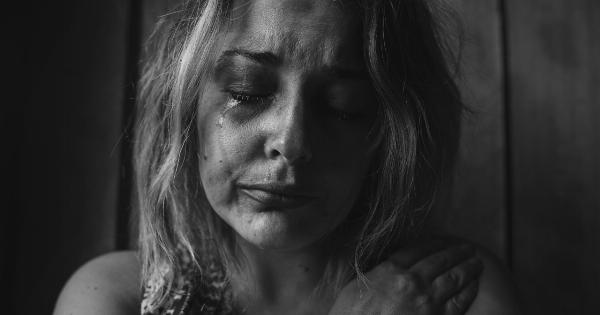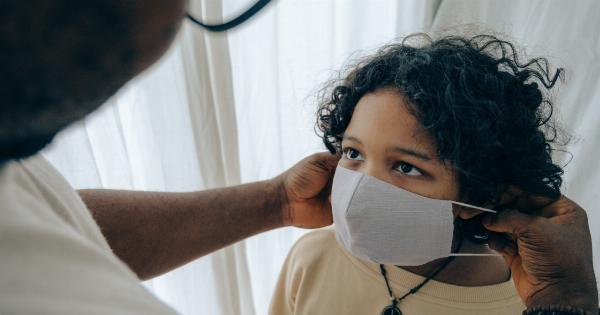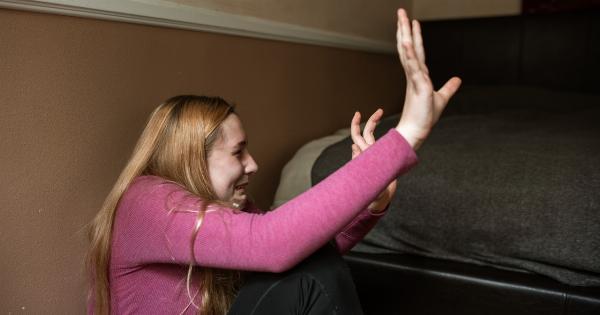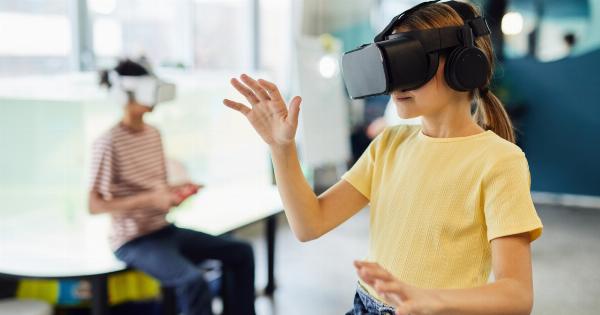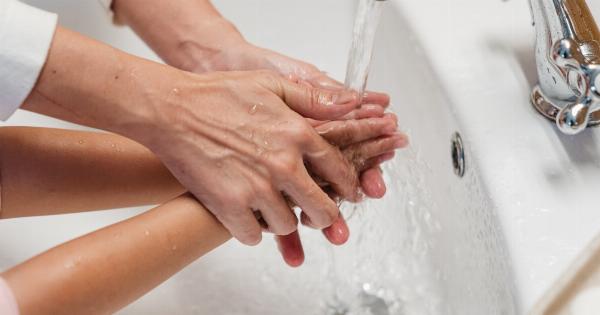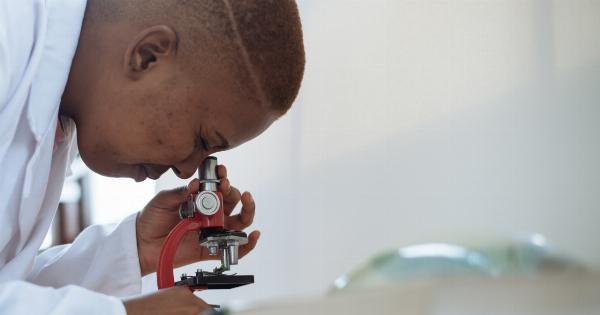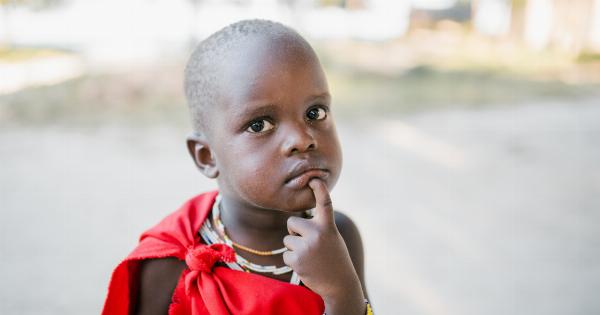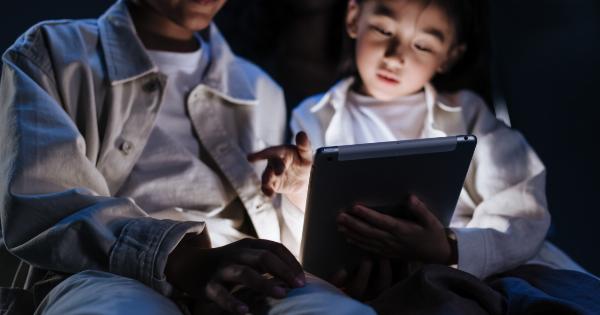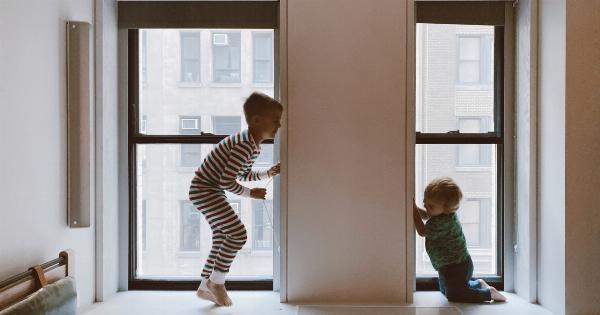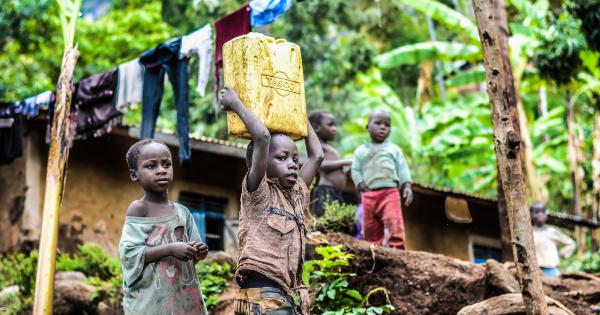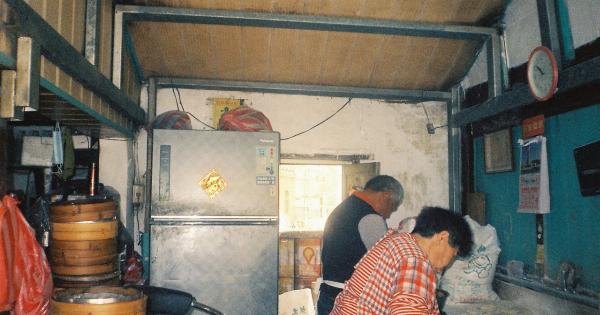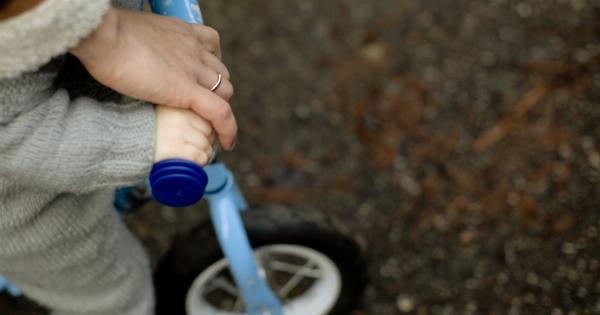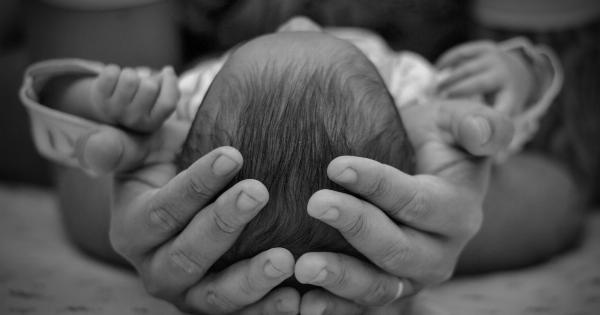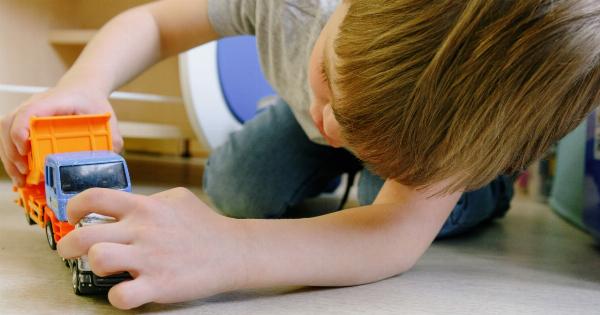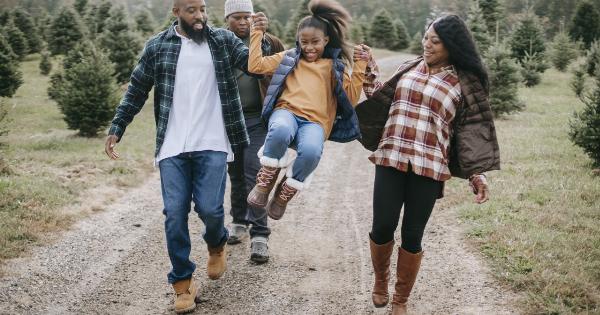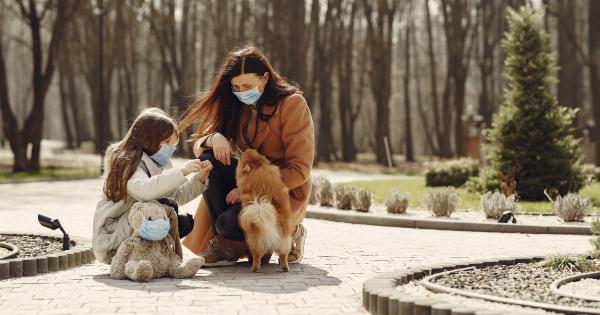Child abuse is an alarming issue that continues to plague societies around the world. The unfortunate reality is that many cases of child abuse go unnoticed or unreported, with victims suffering in silence.
It is crucial for us to open our eyes, raise awareness, and take action against child abuse. In this video, we will explore the importance of not turning a blind eye to child abuse, understand its impact, recognize the signs, and learn how we can make a difference.
The Impact of Child Abuse
Child abuse has lifelong consequences that extend far beyond childhood. It can lead to physical and emotional scars, affecting a child’s overall well-being and developmental trajectory.
Trauma caused by abuse can hinder cognitive abilities, impair emotional regulation, and negatively impact relationships. The lasting effects of child abuse can manifest in adulthood, leading to mental health issues, substance abuse problems, and difficulties forming healthy attachments.
Types of Child Abuse
Child abuse takes various forms, and it is essential to be aware of each type:.
1. Physical Abuse
Physical abuse refers to the intentional use of physical force against a child, resulting in physical harm, injury, or impairment. It includes actions such as beating, shaking, kicking, or burning a child.
2. Emotional Abuse
Emotional abuse involves actions or words that consistently undermine a child’s self-worth, confidence, or emotional well-being.
It can include verbal insults, constant humiliation, or even isolating a child from social activities and emotional support.
3. Sexual Abuse
Sexual abuse involves any form of sexual activity or exposure imposed on a child without their consent. It includes non-contact acts like exposing a child to pornography, as well as contact acts like sexual touching, penetration, or exploitation.
4. Neglect
Neglect occurs when the caregivers fail to provide a child’s basic needs, such as food, shelter, clothing, medical care, or education. This form of abuse can have severe consequences on a child’s physical and mental well-being.
Recognizing the Signs
Recognizing the signs of child abuse is crucial in identifying and addressing the issue. While each case may differ, there are common indicators to watch for:.
1. Unexplained Injuries
Unexplained or inconsistent explanations for injuries, such as bruises, burns, fractures, or welts, may indicate physical abuse.
2. Emotional and Behavioral Changes
Drastic changes in a child’s emotional state or behavior, such as withdrawal, depression, anxiety, aggression, or sudden rebelliousness, may signify emotional or sexual abuse.
3. Fear and Avoidance
A child displaying excessive fear of certain individuals or specific situations, along with a strong desire to avoid them, could be a red flag for abuse.
4. Developmental Issues
Delayed or regressed developmental milestones, such as speech, motor skills, or cognitive abilities, may indicate ongoing abuse or neglect.
5. Poor Hygiene
Consistently poor personal hygiene, dirty or inappropriate clothing, and signs of malnourishment could suggest neglect and insufficient care.
Taking Action
Child abuse is a societal problem requiring collective action. Here are some steps we can take to combat this issue:.
1. Raise Awareness
By spreading awareness about child abuse, we can engage more individuals in understanding the problem and its impact. Sharing educational resources and participating in campaigns can help break the silence surrounding child abuse.
2. Learn the Reporting Procedures
Educate yourself about the reporting procedures for suspected child abuse in your region. Familiarize yourself with the relevant authorities, hotlines, or organizations responsible for addressing child abuse cases.
This knowledge will empower you to take action effectively.
3. Listen and Support
Oftentimes, children who are experiencing abuse need someone to listen to them without judgment and offer support. Be a trustworthy adult whom children can confide in, and encourage them to express their feelings.
Validate their experiences and assure them that they are not alone.
4. Report Suspected Cases
If you suspect child abuse, it is your moral and legal duty to report it. Contact the appropriate authorities or child protective services to ensure swift intervention and protection for the child.
5. Support Victim Services
Organizations and programs specifically designed to aid victims of child abuse rely on support from the community. Consider volunteering, donating, or advocating for these resources to ensure their continued effectiveness.
Conclusion
In conclusion, child abuse is an issue of utmost importance that we cannot afford to ignore.
By watching this video, we have gained valuable insights into the impact of child abuse, recognized the different types, understood the signs to watch for, and learned how to take action. Together, let’s break the silence, protect the vulnerable, and create a safer environment for all children. By not turning a blind eye, we can make a meaningful difference in the lives of countless innocent children.

